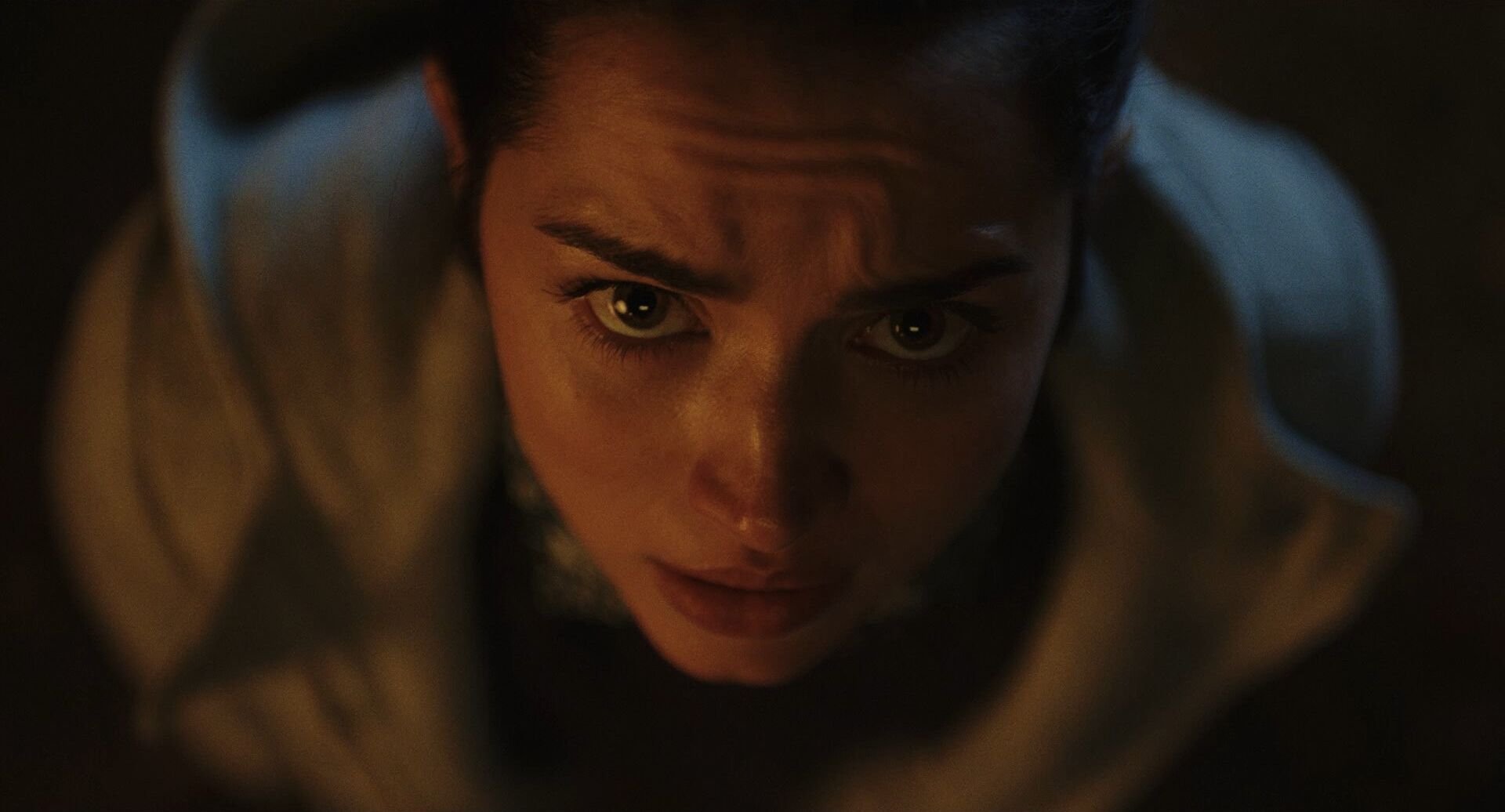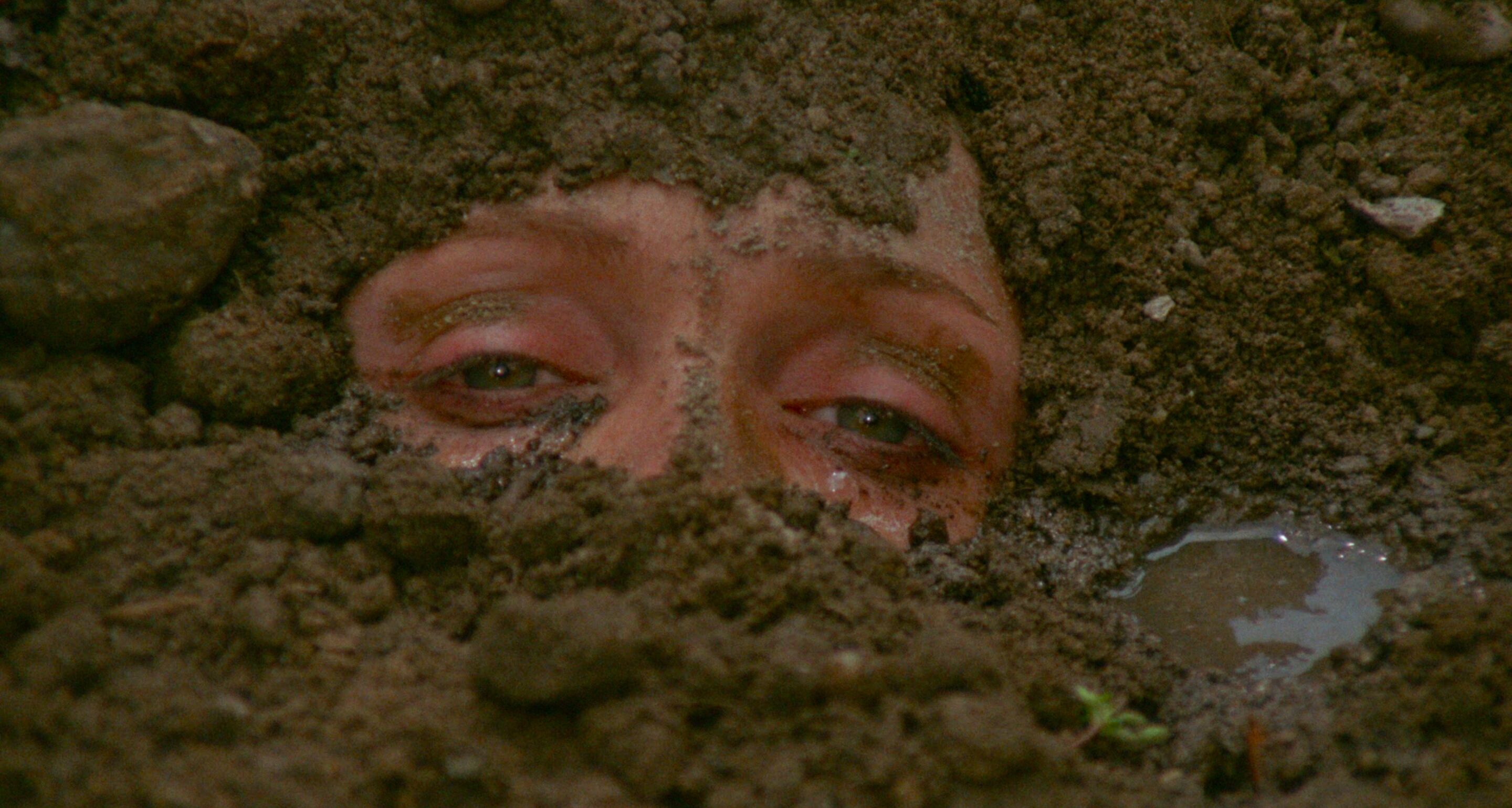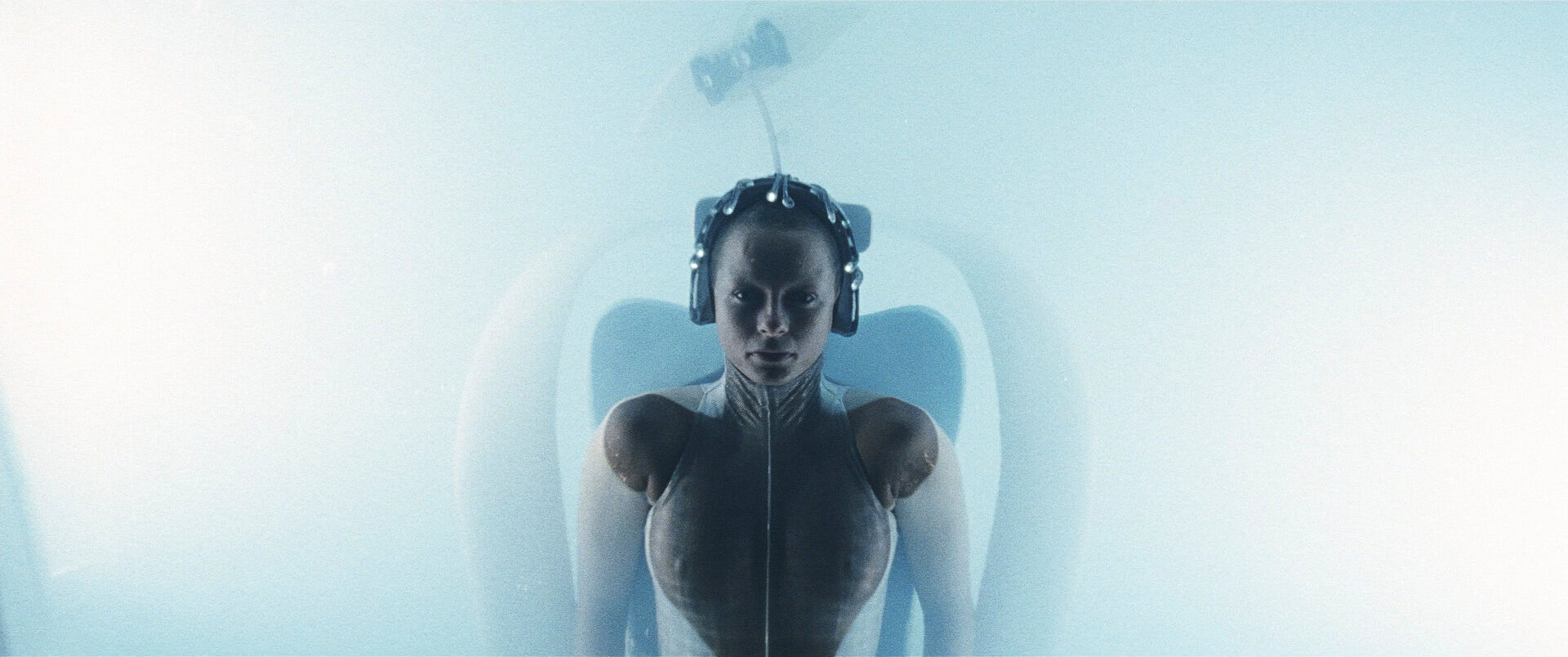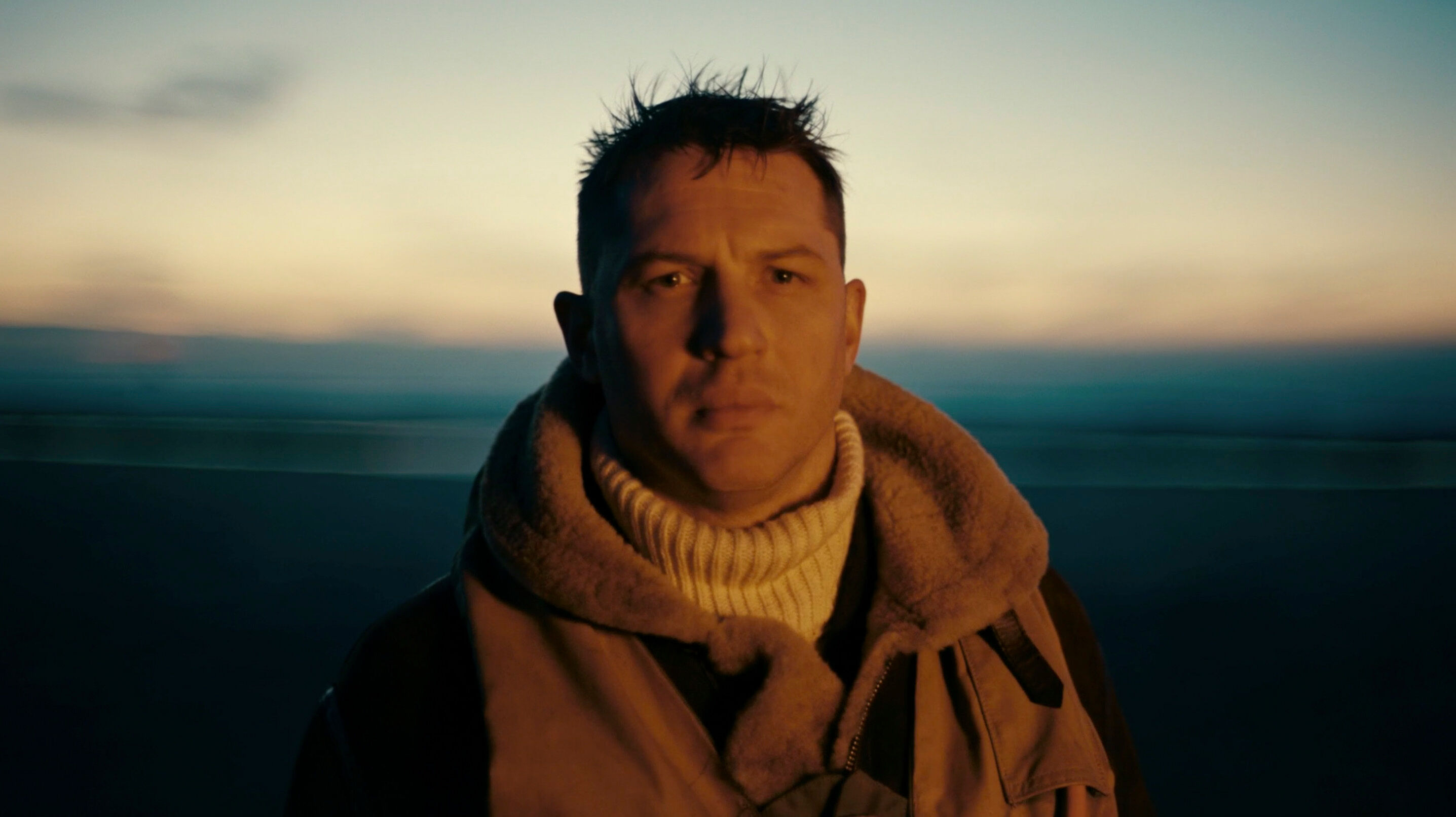home → Composition Techniques → Positive Space
Positive space definition
What is positive space?
Believe it or not, you’ve seen thousands of shots that emphasize positive space! Why? Because every frame in a film has positive and negative space. It’s actually pretty simple to understand. When you look at a shot, whatever part of that shot shows the main subject - whether that’s a character, object, or landscape - is considered positive space. Think of positive space as whatever part of the frame the important stuff is!
Check out our full guide to positive space in film, with examples and breakdowns.
Positive space in film
Positive space examples
It’s helpful to see positive space in action before exploring how it operates within visual storytelling. Browse this curated selection of shots using positive space to get a sense of its uses across films.
Direct the viewer’s eye
Highlight important elements of a shot
Express emotion
Create memorable frames
Uses
What does positive space do?
Positive space is used by filmmakers for several story reasons. How large or small is your subject in the frame? This is a key consideration and shouldn't be taken for granted. As they say, a picture is worth a thousand words and so how you compose your images with positive space has a direct impact on how the audience understands and interprets them.
Focus attention
Filmmakers use positive space to clearly highlight the subject, making it the center of attention and accentuated by a lack of distracting visual elements around them.
Highlight importance
By filling the frame with a character or object, positive space emphasizes its significance within the scene especially in relation to other characters.
Create striking visuals
Using positive space boldly can create striking imagery, like when there is a clear interplay between positive and negative space in the frame.
Show emotion
Positive space allows for close detail like facial expressions, which helps to express the character’s emotional state and our ability to understand it.
Positive vs. negative space
Positive space vs. negative space
Negative and positive space differ in key ways. We know that positive space is the space in the frame that shows the key characters or objects. Negative space, on the other hand, is whatever else is in the frame. Often, negative space is empty, because the filmmaker won’t want to overcrowd the key subject of the frame.
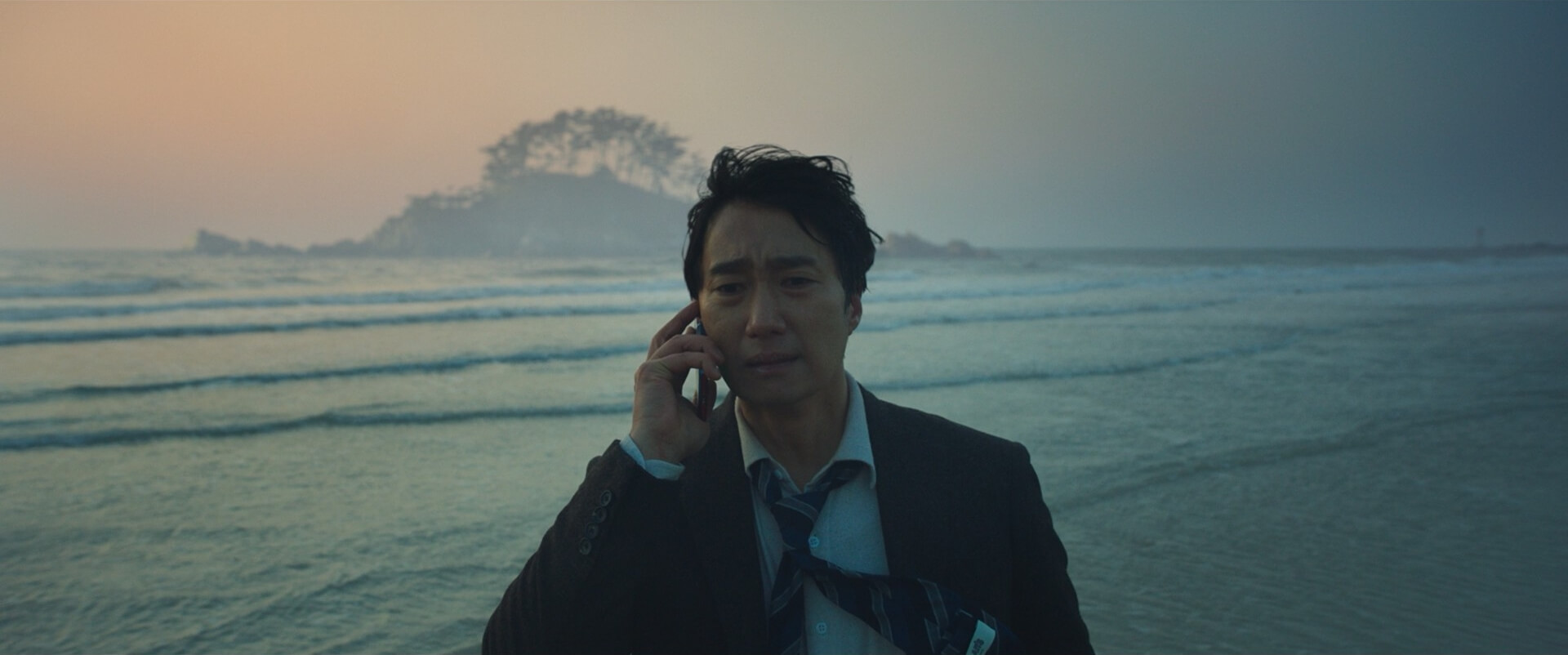
Case Study
Shot listing positive space
The size of an object connects directly to considerations of positive space. In short, the larger the object, the more power or importance it holds. If we think of the iconic opening to Raiders of the Lost Ark, the massive boulder threatening to crush our hero is the perfect example of this. Notice how in nearly every shot the boulder grows larger and larger in the frame as the danger ramps up.
Click the shot list below to take a closer look at the entire scene.
Using positive space is a great technique for any filmmaker, but combining it with other shots can enhance the visual variety of your film.
Unexpected combos
How can you use positive space with other camera techniques?
How to combine positive space
Every shot has positive and negative space. Here are some examples of how positive and negative space interact with other camera techniques:
- Close-up: Using positive space in a close-up shot involves filling most of the frame with whatever the key subject is - whether that’s a person’s face or a close-up of an object.
- Rule of thirds: The rule of thirds is another powerful rule you can combine with positive space. This involves putting your key subject along the imaginary lines in the grid, using the rule of thirds to choose where to engage with positive space.
- Shallow depth of field: You can use positive space in a shallow depth of field shot by blurring the background, but keeping the main character in focus.
- Tracking shot: In a tracking shot, the main subject - or positive space - is tracked by the camera.
Frequently asked questions about positive space
Positive space is the area that features the main subject of a frame.
In art, similar to in film, positive space is the focus of the artwork.
Positive space is the area that features the main subject of a frame. Negative space is whatever else is in the frame.
Every shot has positive and negative space, and how you contrast the two helps the viewer know where their focus should be.





